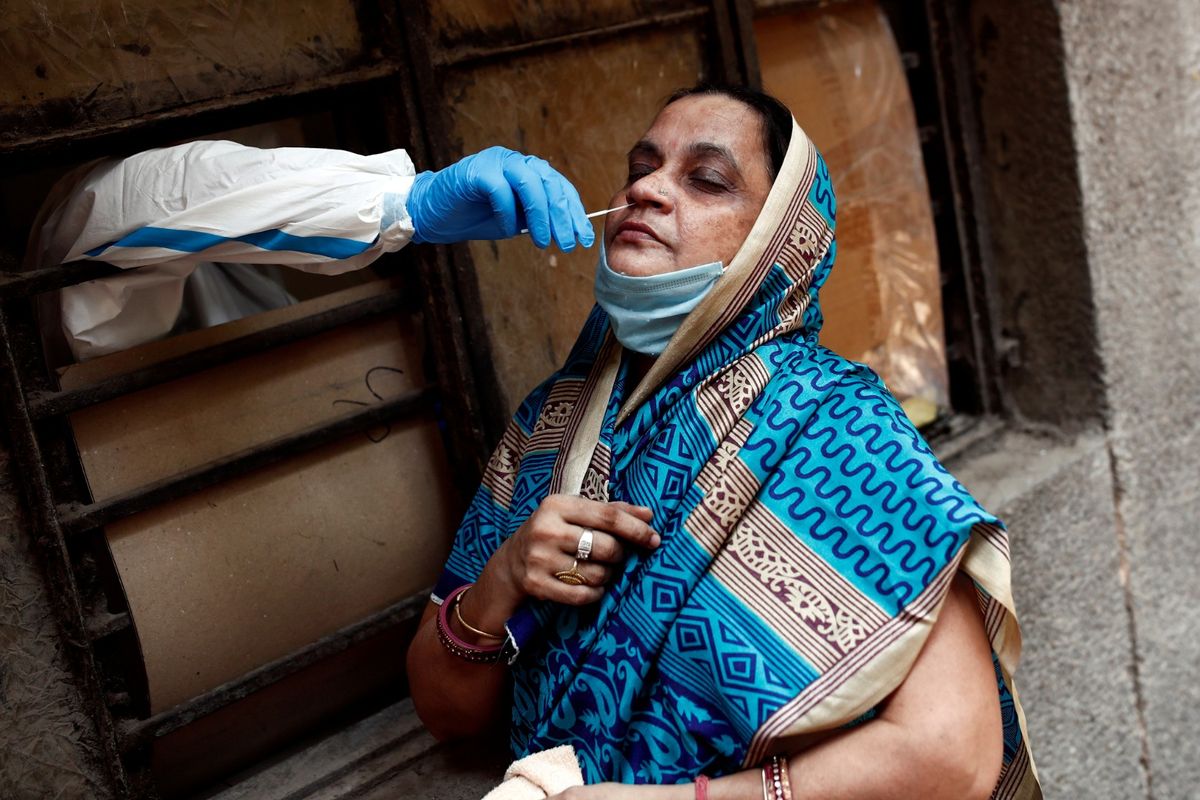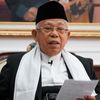The Struggle Continues as India’s Coronavirus Cases Surpass 1 Million

Muliyil said that India had to try and slow down the virus because it didn’t have enough beds but was only partly successful since the “requirement was quite large.”
India’s public health care system is one of the most chronically underfunded in the world and access to hospitals in rural areas is very low.
Experts say the challenge for India will be to tightrope the opening up of the economy while trying to restrict the increase in cases to manageable levels that don’t overwhelm hospitals.
“India’s strategy going forward will revolve around containment zones,” said Rajesh Bhushan of India’s federal health ministry. Once more zones are mapped out, health care workers will go from house to house and test those with symptoms, he said.
Experts say low testing remains a concern.
Dr. Ujjwal Parakh, a senior consultant at the department of respiratory medicine at Ganga Ram Hospital, New Delhi, said authorities could have been more transparent about testing guidelines.
Initially, India had some of the world’s most stringent testing criteria and used only about a third of its testing capacity.
After months of sluggishness, it has now ramped up testing, from a single lab in January to over 1,200. Over 300,000 samples are being tested every day.
In some cities, it has also allowed tests without a doctor’s prescription.
“The battle plan is to do all the things we know work. Open the economy, as much as it is safe. Track things very closely,” said Jha. "But don’t let the virus get a foothold.”
(Writer: Sheikh Saaliq, Aniruddga Ghosal)
Source: https://apnews.com/2dfde64b68cdcecfa45e16aeeeb88d0c
Simak breaking news dan berita pilihan kami langsung di ponselmu. Pilih saluran andalanmu akses berita Kompas.com WhatsApp Channel : https://www.whatsapp.com/channel/0029VaFPbedBPzjZrk13HO3D. Pastikan kamu sudah install aplikasi WhatsApp ya.

































